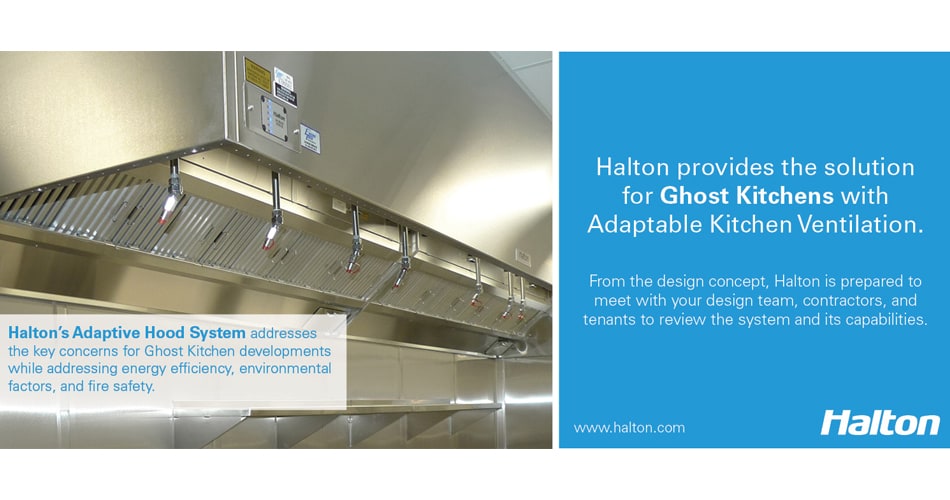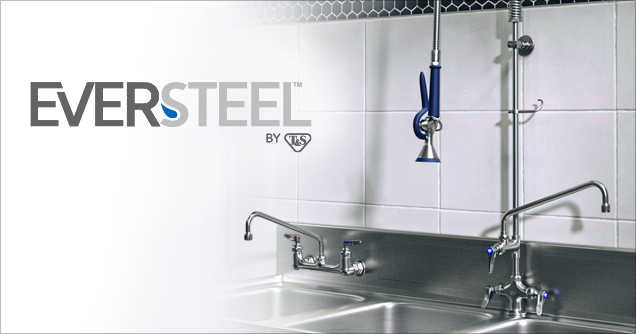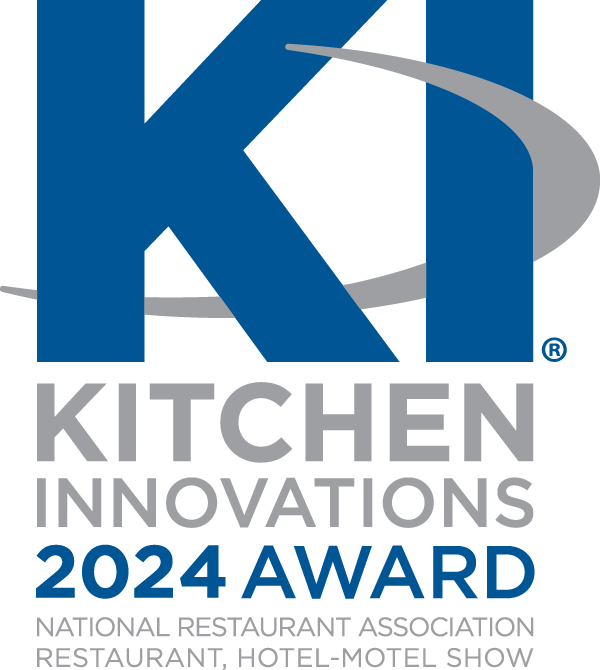
The growth of the on-demand food delivery business has created a significant challenge for property developers and their designers. Food preparation for the delivery market has moved out of traditional restaurant sites to ghost kitchens, requiring new infrastructure to streamline operations and improve throughput for delivery.
Ghost kitchens are attractive to consumers because they host diverse menus from around the globe, including trending food concepts, local startups, as well as established global brands. To accommodate these diverse menus, the kitchen exhaust system must be equally dynamic and adaptable.
Step-by-step approach for optimizing CKV designs
The commercial kitchen ventilation (CKV) industry has done a great job of defining the step by step approach for optimizing CKV design by focusing on the four critical areas of:
- Exhaust hood
- Exhaust fan
- Replacement air
- Controls
The goal, of course, is to develop a design that effectively captures, contains, and exhausts the heat and emissions from cooking while simultaneously providing a comfortable kitchen and doing so at the lowest cost (CAPEX and OPEX) possible.
Thankfully, this single-kitchen approach can be utilized for a ghost kitchen, also known as virtual restaurant ventilation with twenty to thirty kitchens, but with a few modifications. Click here to read more about ghost kitchen exhaust success routine.
Understanding the challenges associated with ghost kitchen ventilation systems
Kitchens within this space have significant logistical and infrastructure challenges. Creating spaces for foodservice operations before the vendors or menus have been finalized while maintaining a high degree of infrastructure flexibility is the goal, but often can fall short.
The design needs to account for the energy footprint, mechanical equipment, controls, monitoring of energy use by the kitchen, space balance, and maintenance. A secondary concern, depending on the ghost kitchen location, is addressing odor abatement, space flexibility, and fire risk that must be accounted for in the design.
Elements to be considered for the successful implementation of an adaptable ventilation system
From a design perspective, there are several factors to be considered for the successful implementation of an adaptable ventilation system for any ghost kitchen. All of which play a vital role in ensuring the layout aligns with the project timeline and reducing risks.
When assessing the design and systems to be used, below are some of the factors to be considered:
- Facility infrastructure flexibility
- Mitigation of risk
- Comfort and energy efficiency
- Kitchen operational flexibility
The Halton Adaptable Kitchen Ventilation System ensures a successful design and implementation for you and your customers when it comes to ghost kitchen ventilation.
Further details:
From the design concept, Halton is prepared to meet with your design team, contractors, and tenants to review the system and its capabilities.
Contact us today at sales.us@halton.com Find out more about Halton’s solutions for ghost kitchen ventilation, here.




